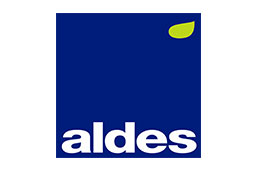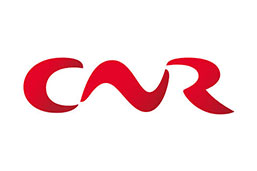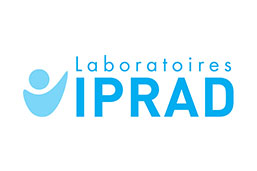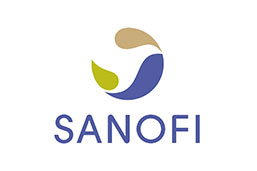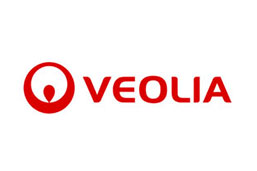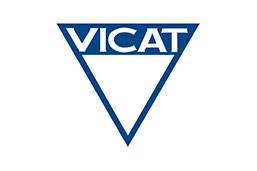Project Management
We bring you innovative and performing tools that allow you (at last!) to successfully manage your projects: delays, cost, deliverables and internal buy-in
 Our assignments
Our assignments
Beyond the basic project management set-up (processes & governance) or the use of the tools from the Theory of Constraints, we bring our expertise to develop the skillset of your teams and secure involvement and buy-in of all.

We help to build an efficient and harmonious change management support for large scale transformations as well as for spot adjustments. Our assets?
1. A structured, and therefore easy to follow, change process, tailored to your project and to your specific situation, and based on the ADKAR principles
2. The capacity to “transform” practices by anchoring the change in the daily activities of the teams: new practices, new professional gestures, new postures. And this goes far beyond simple communication and training…
3. Technics based on the SWITCH model to treat and solve all types of resistance to change that are met on projects: “it will not work”, “change! What for?”, “what’s in it for me?”, “it works OK as it is”, etc…
4. Simple yet practical tools that allow change to become fully operational. Amongst others, we use: the Seven Drivers, the Allies’strategy, Sociodynamics, the “Match” method or the Impact matrix
 A project has a beginning and an end, but mostly it has expected results to which all the project stakeholders must commit. This is one of the most important keys to successful projects: a multiple stakeholder commitment to a fully cooperative approach guaranteeing the achievement of the SQLC (Security, Quality, Leadtime, Cost) objectives.
A project has a beginning and an end, but mostly it has expected results to which all the project stakeholders must commit. This is one of the most important keys to successful projects: a multiple stakeholder commitment to a fully cooperative approach guaranteeing the achievement of the SQLC (Security, Quality, Leadtime, Cost) objectives.
Optim helps to sustain this stakeholders’ commitment through all major steps of the project:
> Preparation: define the needs, “translate” them into SMART objectives, choose the relevant project methodology, set-up the corresponding project structure and responsibilities (RACI),…
> Planning & organization: identification and planning of tasks and milestones; resource allocation; piloting and reporting tools, …
> Implementation: monitoring of actions using a visual management system and allowing practical and grounded decision-making yet securing the appropriate level of escalation with regards to trade-offs to be made, hazards to be managed, communication on the project, …
> Completion: validation of the project results; communication & celebration; action plan to sustain the results; feedback involving the project key players and lessons to be learned (continuous improvement).
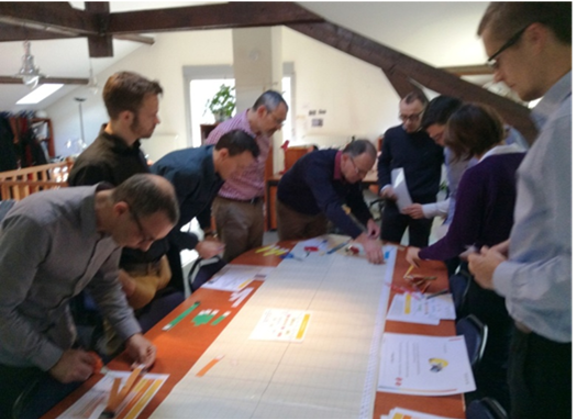 > The “Critical Chain Project Management” methodology developed by E. Goldratt in the 1980ies is both simple and revolutionary. Taking into account the actual capacity of resources, it mutualizes the buffers taken by each participant when planning their individual tasks in order to build a common buffer which consumption will be monitored throughout the project.
> The “Critical Chain Project Management” methodology developed by E. Goldratt in the 1980ies is both simple and revolutionary. Taking into account the actual capacity of resources, it mutualizes the buffers taken by each participant when planning their individual tasks in order to build a common buffer which consumption will be monitored throughout the project.
> Indeed, built-in buffers at individual task level in a classical planning mode are lost anyway due to inadequate “human” behaviours such as Parkinson law, Student syndrome and multitasking. Projects are therefore very rarely completed as per scheduled
> CCPM planning minimises those misbehaviours and allows for an efficient monitoring throughout the project thanks to the “fever chart”. This tool is also very useful to visually manage a portfolio of projects (see “project portfolio”)
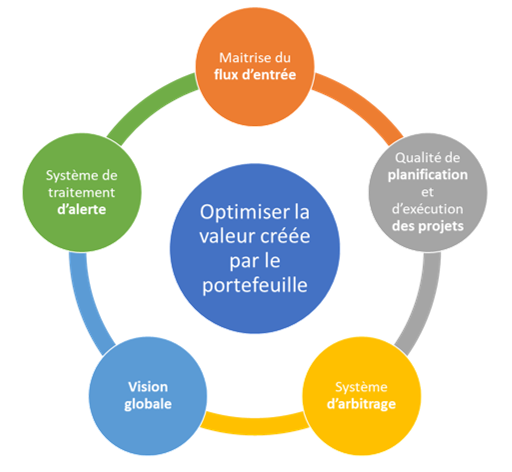 > A performing management of a project portfolio must rely on the Critical Chain method principles.
> A performing management of a project portfolio must rely on the Critical Chain method principles.
> It must also allow the resolution of some key issues that must be simultaneously addressed (systemic notion) and cannot be addressed in isolation:
1. Creation of projects bottleneck, thus slowing down their delivery
2. Working on a “remains to be done” mode which quickly blurs the overarching vision
3. Carrying out trade-offs on project resources already allocated which would generate conflicts over critical resources
4. Working without a overarching vision bringing decisions consistency and thus general understanding by each project player of these decisions
5. Working without an “alarm” system helping to deal appropriately with unexpected and/or critical events
There are 3 different levels of training
| Awareness raising | > | Project Manager level | > | Experts level |
| Objectives :
> Understanding the various phases, the main roles, the stakeholders involved in a project Practicalities: > Working in 2 teams on a case-study using the interactive tool Klaxoon |
Objectives :
> Review the basics of project management Practicalities: > Working with the actual projects of the participants |
The objective is to further develop one’s capacity to run smooth and efficient projects, focusing on 3 specific topics:
> Critical Chain: know how to organize the critical tasks of a project to meet expected deadlines and deliverables – a mix of theory, case studies and game-based applications – 1 day |
Our added-value
> Within our group of experts, we have strategic advisors, training specialists and project directors
> We push for a global and systemic approach of change, from the definition of the change strategy to its implementation
> PMP Certified by the Project Management Institute
> One of the two consultancy firms in France to master the complete tool set of the Theory of Constraints
Témoignage

Pierre Creusy,
directeur projet du groupe Mersen
They trust us to help with their projects, in France of abroad


